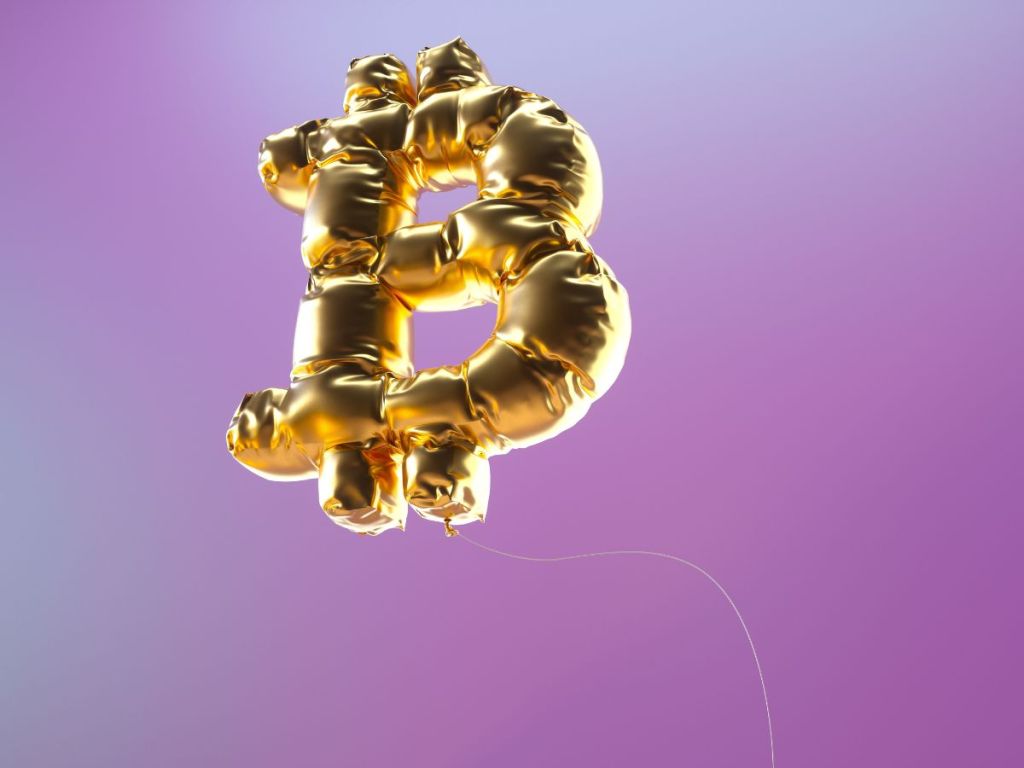There are around eight billion people in the world. At the moment, there are around 19.5 million Bitcoin (BTC) in total. More will be mined in the future, until the cap of 21 million is reached. Given there are many more people than Bitcoin, enthusiasts are making the case that Bitcoin scarcity will soon drive up its value.
Adding to the scarcity case is the fact that an estimated four million of the 19.5 million existing Bitcoin can no longer be accessed. They have been lost and accidentally discarded, or the person who owns them has died, taking the password with them.
Take, for example, the person or group who created Bitcoin, known as Satoshi Nakamoto. They own one million BTC, which have sat dormant in a crypto wallet for more than a decade.
More BTC will be mined over the next 117 years, but even with this mining, there won’t be enough Bitcoins for every human to own one. Unlike traditional currencies that can be printed by central banks, the total supply of Bitcoin is capped at 21 million.
This supposed scarcity is one of the key features that sets Bitcoin apart from other forms of money. It is often cited as one of the reasons for Bitcoin’s potential to hold value over the long term. As more people become interested in owning Bitcoin, its limited supply could contribute to driving up its price.
Bitcoin scarcity
The concept of scarcity is fundamental to understanding the value of any asset. When something is scarce and in demand, it’s considered more valuable because it’s harder to obtain. In the case of Bitcoin, its scarcity is designed to mimic the scarcity of precious resources including gold.
A recent Tweet/X has brought the topic once again to the fore.
According to Bitcoin Apex, there are roughly 14.5 BTC available for every 8,000 people in the world, based on the current global population.
This means that each person can have a maximum of 262,500 Satoshis (the smallest unit of Bitcoin) or 0.002625 BTC, which is worth about US$77 (AU$119) at the current price.
The point the poster is making is that in the future people might find it amusing that someone used a single Bitcoin to buy a US$30,000 (AU$46,000) car, just like how we now laugh at the story of a takeaway enthusiast buying two pizzas 13 years ago for 10,000 BTC.
Owning a Bit of Bitcoin’s Promise
While Bitcoin’s popularity goes through ups and downs (bull and bear markets), having even a small fraction of Bitcoin could be a great opportunity. The emphasis here is on “could” … as cryptocurrencies are volatile and no one can predict what will happen in coming years.
Predicting the future is complex, says Dominic Gluchowski from Australian crypto exchange CoinJar. “The tweet in question is built upon a series of assumptions, including the premise that major economies and banks will continue debasing or censoring their currencies.”
Gluchowski says that while it remains uncertain how events will unfold, he sees the potential for Bitcoin to hold significant value with its fixed supply of 21 million. “History has shown us that transformative shifts often occur ‘gradually and then suddenly’. While we can’t definitively foresee the timeline, it’s sensible to consider the possibilities arising from Bitcoin’s scarcity and evolving role in the financial landscape.”

Other cases for scarcity
With more interest from big players (individuals, institutions, countries), there might not be enough BTC for everyone. Limited supply often drives higher demand. But, even with institutional interest, that might not be the case.
CoinSpot’s Ray Osthmuller says the figures in the tweet are interesting in relation to scarcity. “However, there are still some unknowns in Satoshi’s holdings and exactly how many Bitcoins are truly no longer accessible. In addition to this, it still remains that scarcity isn’t the only factor driving Bitcoin’s value, so predicting prices based solely on this does remain speculative.”
Doubts…
John Hawkins is a senior lecturer at the School of Politics, Economics and Society, University of Canberra. He asked The Chainsaw, “Why would you assume that everybody wants to hold crypto?”
And if they did want to hold crypto, he says, why only Bitcoin and not the other 20,000 coins?
“Many of them have very similar properties. Coins such as Bitcoin SV, Bitcoin Cash, Bitcoin Gold etc are forked off Bitcoin, so [each] also have the 21 million limit. Others such as Ether seem to have more uses. And even if people want to hold Bitcoin, it is divisible into Satoshis. Why assume everyone wants to hold exactly 100 million Satoshis worth of Bitcoin?”
Hawkins also disputes that more people are realising the value of Bitcoin. “The Bitcoin price is less than half its peak. The proportion of US adults holding crypto is falling. Judging by Google searches, interest in Bitcoin is much less now than it was in 2021.
“The only way punters can make money from Bitcoin is by talking the price up so they can sell it for more than they paid. So there will always be plenty of posts like this trying to build a sense of FOMO. But I find it totally unconvincing.”

A store of value
Swyftx analyst Pav Hundal told The Chainsaw it is a pretty heroic leap to make predictions around fiat currencies dying out, and that it’s probably irrelevant anyway. “Bitcoin’s scarcity is important in any context. It’s what makes the case for it to excel as a store of value.”
Hundal says the impact of Bitcoin’s scarcity on its value should compound over time. “But I don’t think we’ll ever see some kind of dystopian world where people duke it out for Bitcoins like a scene from an end of the world movie. Let’s not forget Bitcoin can be broken down into Satoshis and, in theory, used by many billions of us as a secure method of payment.”
Is Bitcoin scarcity coming? It’s hard to know, but for Bitcoin enthusiasts, the idea keeps them hoping.





